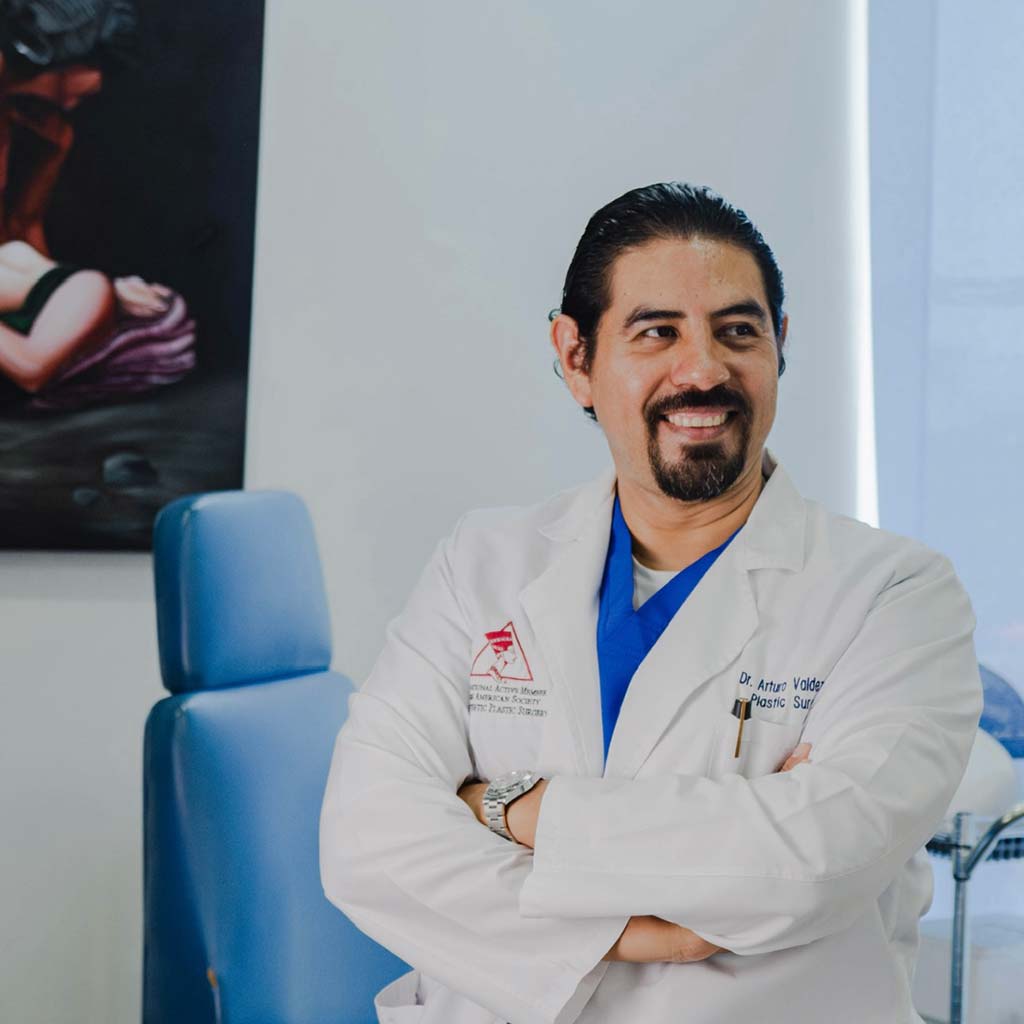Are you experiencing discomfort from overly large breasts, or simply desire a size more proportionate to your body? Breast reduction, also known as reduction mammoplasty, is a transformative surgical procedure. It carefully removes excess fat, glandular tissue, and skin to achieve a size in harmony with your body. While often for medical reasons like macromastia, it’s also a popular cosmetic choice for improved comfort and balance.
Dr. Arturo Valdez, a board-certified plastic surgeon and leading specialist in breast reduction in Cancun, helps patients achieve their ideal breast size and shape. He understands this procedure offers significant physical relief and emotional benefits, leading to enhanced body confidence. Patients from the US, Canada, and locally choose Dr. Valdez for his expertise in delivering safe, customized, and beautiful results.
